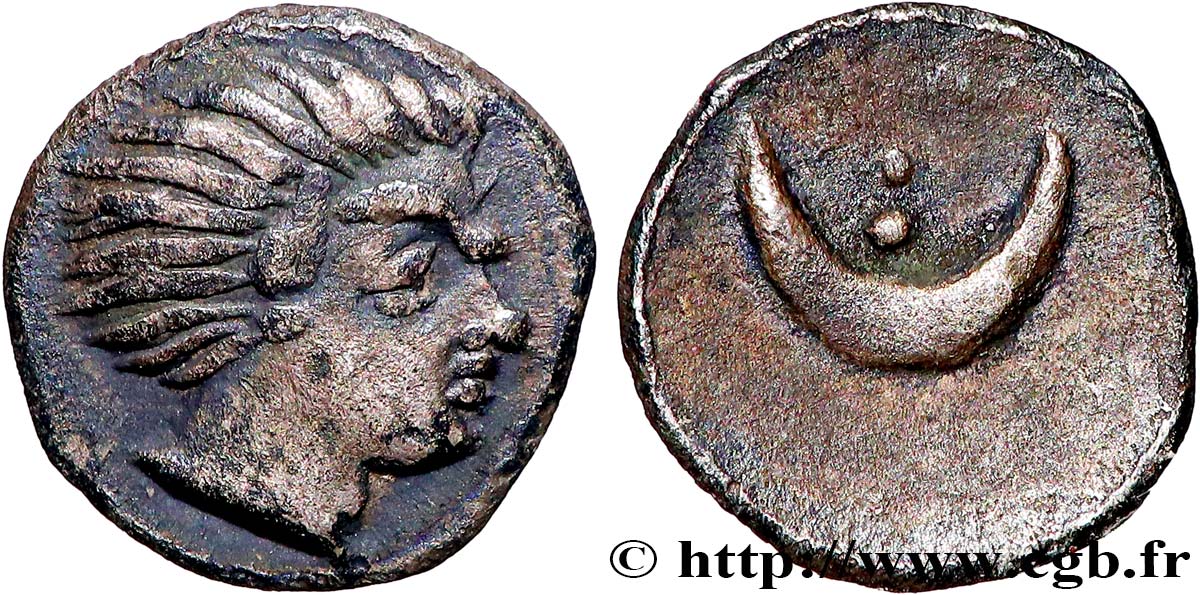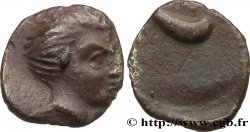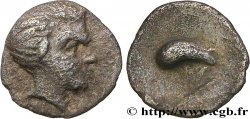Live auction - bga_854372 - SALLUVII Hemiobole au croissant
You must signin and be an approved bidder to bid, LOGIN TO BID. Accounts are subject to approval and the approval process takes place within 48 hours. Do not wait until the day a sale closes to register. Clicking on "BID" constitutes acceptance of the terms of use of cgb.fr private live auctions.
Bids must be placed in whole Euro amounts only. The sale will start closing at the time stated on the item description; any bids received at the site after the closing time will not be executed. Transmission times may vary and bids could be rejected if you wait until the last second. For further information check the Live auction FAQ
All winning bids are subject to a 18% buyer’s fee.
All winning bids are subject to a 18% buyer’s fee.
| Estimate : | 1 000 € |
| Price : | 600 € |
| Maximum bid : | 600 € |
| End of the sale : | 05 September 2023 15:49:48 |
| bidders : | 2 bidders |
Type : Hemiobole au croissant
Date: 60-40 BC.
Metal : silver
Diameter : 8,5 mm
Weight : 0,31 g.
Rarity : R3
Coments on the condition:
Très belle monnaie sur un flan bien centré. Droit finement détaillé, presque SUP, et revers très bien venu à la frappe. Patine gris sombre
Catalogue references :
Obverse
Obverse legend : ANÉPIGRAPHE.
Obverse description : Tête à droite, les cheveux relevés et tirés en arrière avec une petite corne à la place des favoris.
Reverse
Reverse legend : ANÉPIGRAPHE.
Reverse description : Croissant surmonté de deux points.
Commentary
Type que nous présentons pour la première fois à la vente ! Ce type existe avec deux ou trois globules au-dessus du croissant au revers. Bien que ce type de monnaie est habituellement datée autour de 60-40 avant J.C., on propose une datation bien plus ancienne (150 à 100 avant J.C.) dans le Dictionnaire des monnaies découvertes en Gaule méditerranéenne de Michel Feugère et Michel Py (2011).








 Report a mistake
Report a mistake Print the page
Print the page Share my selection
Share my selection Ask a question
Ask a question Consign / sell
Consign / sell
 Full data
Full data





